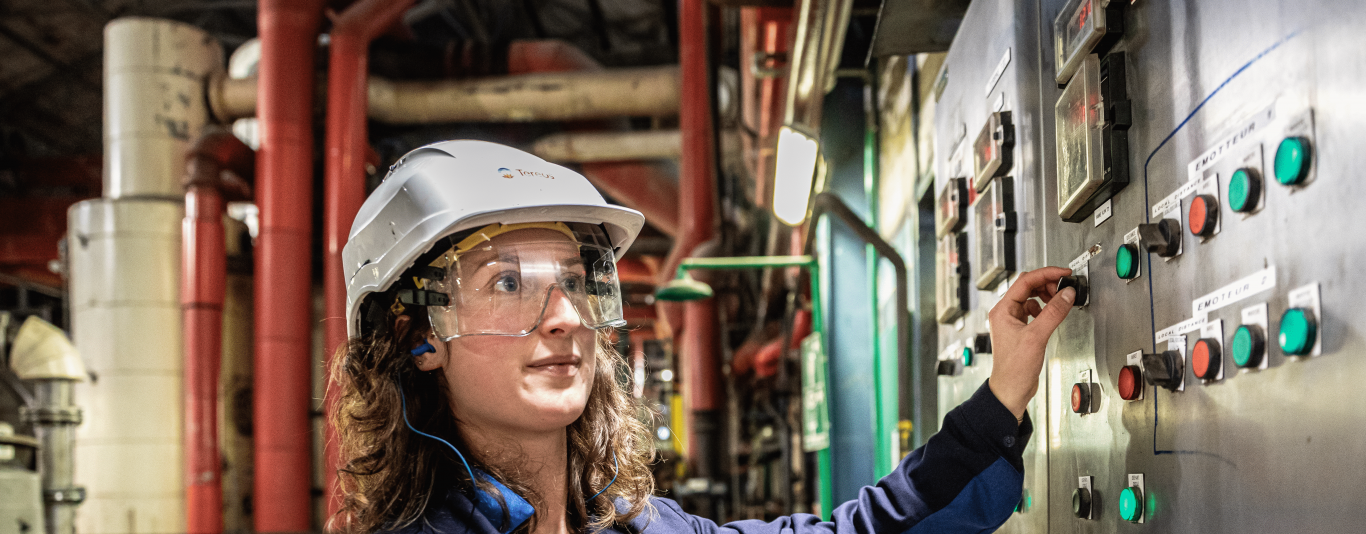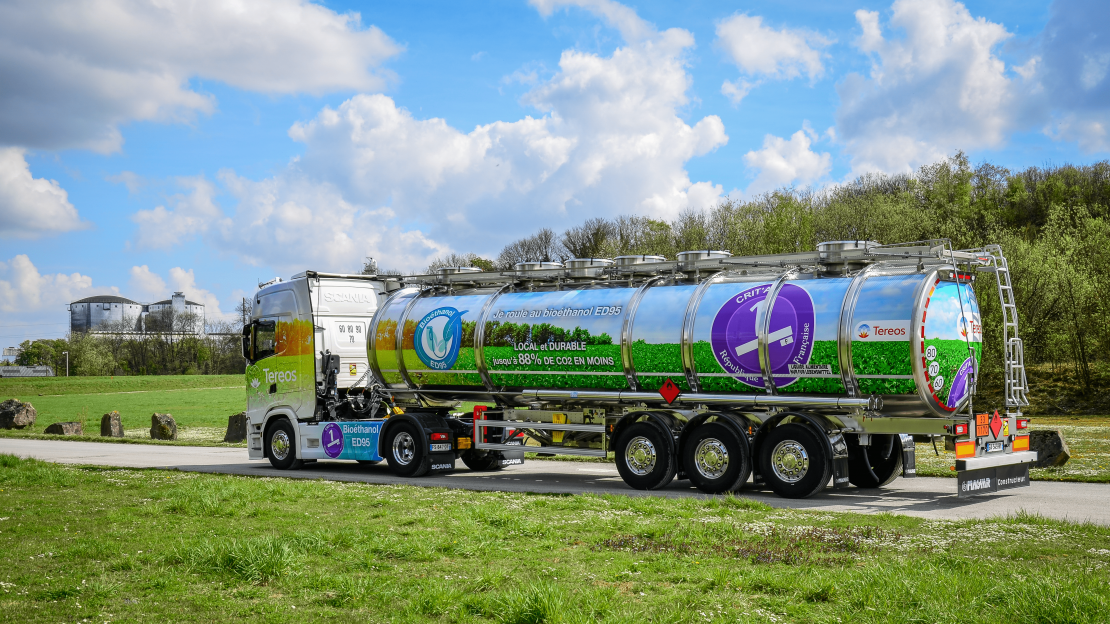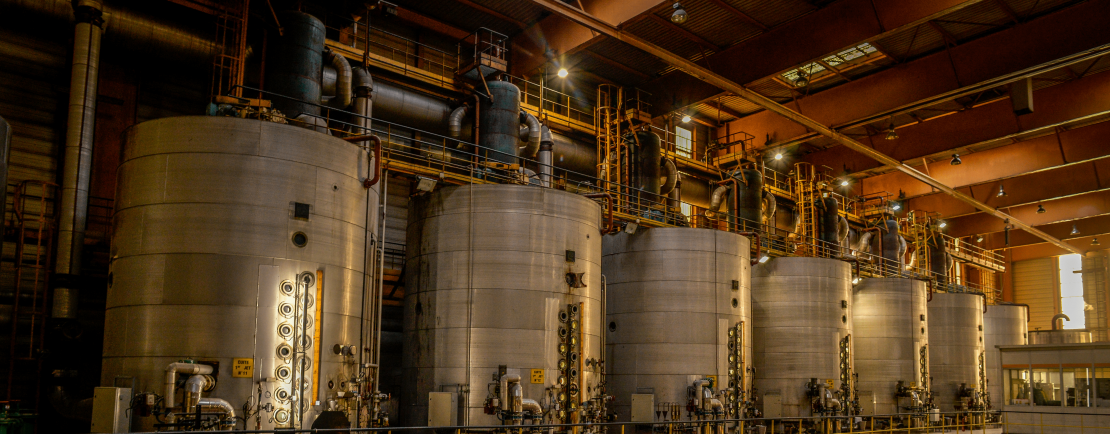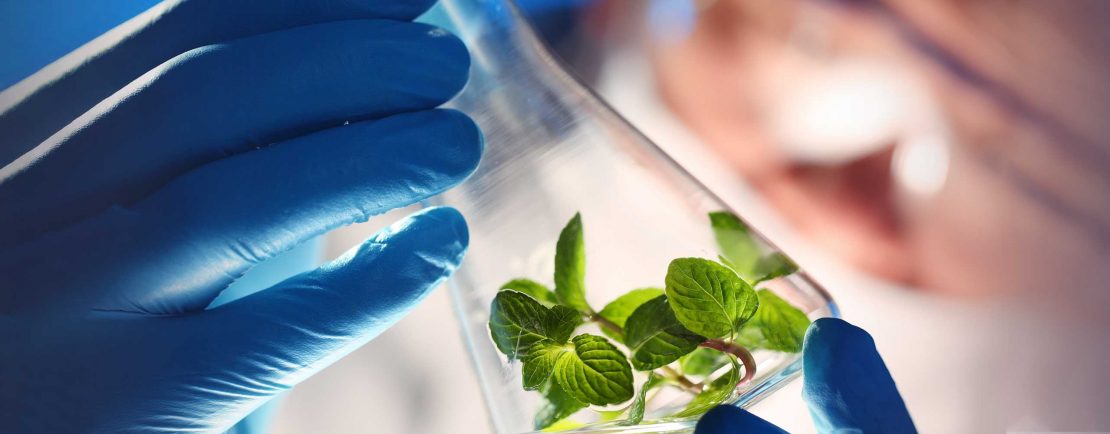Innovation
Energy

Recovering agricultural and industrial waste is essential to provide a sustainable and cost-effective replacement for a portion of fossil-based raw materials. By maximising the recovery of agricultural products, we ensure that products and ingredients are competitive for Tereos’ customers and for consumers.
Challenges
Focusing of our actions on the circular economy and the regions, developing new ways of recovering non-food waste in our plants and preserving natural resources to the greatest extent possible.
Goals
- Promoting green energy derived from our raw materials as a replacement for fossil energies (gas, oil, etc).
- Improving the value of agricultural production by creating value from by-products and waste.
- Increasing our energy efficiency and reducing our carbon footprint.
- Integrating our biorefineries in their regions.

Strengths
Examples of applications
Half of the energy used by Tereos plants comes from renewable sources.
Reducing our gas consumption
In March 2021, Tereos and SUEZ announced a partnership project to reduce gas consumption at the Origny-Sainte-Benoite sugar plant in France. This project is based on SUEZ supplying renewable energy and energy recovered as steam, which is produced from solid recovered fuels (SRF). This boiler will cover almost 40% of the plant’s energy needs.
From vinasse to biogas
With an installed capacity of 1 MW, Tereos’ first biogas plant in Cruz Alta, in Brazil, was inaugurated in October 2022 – a first for the Group in the country. Beyond offering Tereos a new source of renewable energy, it bolsters the sustainable performance and optimal use of its industrial waste. The biogas produced from vinasse, a coproduct of the production of ethanol from sugar cane, is converted into electricity and distributed to end users via transmission networks. It will soon be used to produce biomethane, a clean alternative to fossil fuels, which will power 100% of the Group’s agricultural vehicle fleet by 2030.
Cogeneration: a growing source of electricity
In Brazil and Reunion Island, where we process sugar cane, our plants are self-sufficient in energy thanks to the green electricity produced from bagasse, the fibrous residue of crushed sugar cane. It is burned in high-yield boilers and provides electricity for our facilities. Excess power can be fed into the public grid. 12% of Reunion Island’s annual electricity consumption is produced by this process, which also provides power for the two Tereos facilities.


